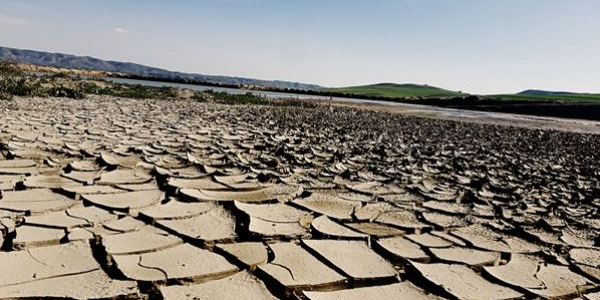What do factory shutdowns in China, shipping delays in Europe and reduced agricultural output in the U.S. have to do with each other? They are all being caused by severe droughts impacting the world’s largest economies. Researchers say the dry spells are partly because of seasonal weather patterns like La Niña, but are also related to consequences of land degradation and climate change.
The Chinese province of Sichuan just announced it would extend industrial power cuts and activate its highest emergency response, impacting a number of global manufacturers like Apple (AAPL), Foxconn (OTCPK:FXCOF), Toyota (TM) and Volkswagen (OTCPK:VWAGY). The vital Yangtze, the longest river in Asia, reached its lowest level on record for August, affecting supply of hydropower and causing widespread shortages. Tesla (TSLA) has even asked the government to help ensure its suppliers have a sufficient amount of electricity, with over a dozen of them currently not able to manufacture at full capacity.
Over in Europe, cargo ships have had to reduce their loads due to critically low levels of the Rhine. The waterway is usually occupied with vessels transporting raw materials to power plants and factories, and Italy has even declared a state of emergency along its important Po River. Separately, agricultural forecasters in the U.S. now expect farmers to lose more than 40% of the cotton crop, while many acres of farmland are being left unplanted because of water shortages. In fact, the U.S. Bureau of Reclamation has announced that states like Arizona and Nevada will have to cut their water allocations by up to 21% next year because of the increasing megadrought in the Southwest.
The situation could drive up energy prices as hydro and nuclear power are reduced given the lower levels of water (that cannot sufficiently cool reactors). Higher transport costs and supply chain snarls could also raise food prices, adding to inflationary forces and squeezing a global trade system that was already under pressure from the coronavirus pandemic

